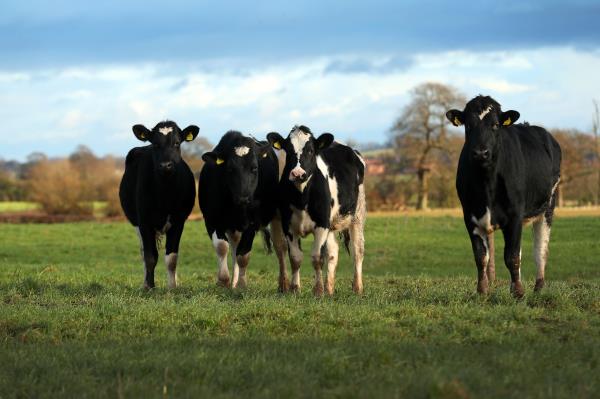A full list of the case studies is available to download here.
Feed Adviser Mark Scott has worked with one of his dairy clients with a herd of around 435 cows since 2009. Over that time, they have worked on several strategies to reduce purchased feed inputs whilst improving performance.
Key outcomes of feed advice
- Increased yields
- Reduced inputs including bought-infeed
- Reduced greenhouse gas emission

Give an example of improvements with a measurable difference
Together they have reduced the reliance on purchased feeds through improved forage utilisation whilst introducing moist feed and liquid as Traffordgold and Spey Syrup into the diet, helping maximise forage intakes and reduce purchased feed costs. Additionally, by using protected soya, protected rapeandbio-ethanoldistillers’ grains, he has managed
to considerably reduce dependence on imported straight soya, also giving reduced costs and improved performance on farm.
Other areas of advice have included increasing rumen efficiency to improve forage utilisation, advice on herd housing, and improved conditions for calves. A reduction in age at first calving has helped to give better life time performance and reduced rearing costs of youngstock. As a result, input costs and the volume of bought-infeed have been reduced on farm, while yields in the milking herd over a five-year period have increased from 8,755 litres/ cow/annum to 10,055 litres/cow/annum, thus reducing the carbon footprint perlitres of milk produced.
Feed Planning for Sheep and Cattle

The information provided within this publication will allow ruminant livestock farmers and their advisers to take a fresh look at feed planning, to see how it might be improved. This guide, along with the other Tried & Tested publications, can help farmers fully integrate their use of manure, fertilisers and feeds into a more complete whole-farm nutrient plan.
There is a real win:win to be gained by balancing nutrient input to nutrient use on farm; costs can be reduced and gains made from improving efficiency.